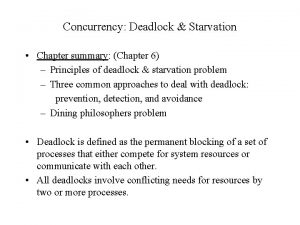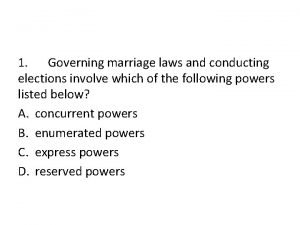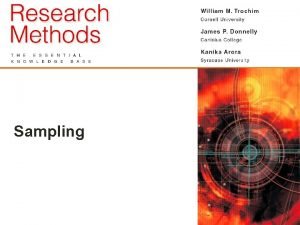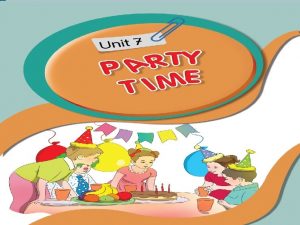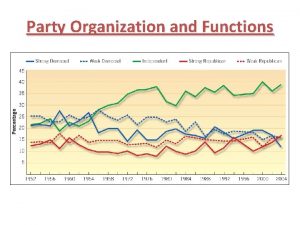1 Ch 6 Party Systems Party systems involve









- Slides: 9

1 Ch 6. Party Systems (정당체 계) Party systems involve both competition and cooperation between the different parties in the political system. � A linkage among PIG, PIE, and PO in party systems Why a classification of party systems important? 1. The distinctive party behavior associated with the types of party system 2. A useful way of simplifying an extremely complex political reality 3. Heavily affecting the “stability and change” in political systems


Party Systems (정당체계) 3 정당체계에 관한 분류 기준 두 가지 � 정당의 수 VS. 정당 간 이념 거리 Classifications based on the number of parties in the system � Power distributions among parties � Directly affected by electoral institutions and rules Classifications based on the ideologies of parties in the system � Competitions and coalitions among parties � Focusing more on Party-in-government

선거제도와 정당체계 4 How a nation gets its party system is complex; rooted in its historical development and when and how the franchise expanded Single-member districts in U. S. and Britain tend to produce two-party or two-plus party systems; encourage coalescing of parties because, if too many candidates, your party may never win! Proportional Representation (PR) encourages parties to split; more likely that your party will win at least a few seats and can use them to form coalitions

선거제도 Electoral Rules 5 Main Voting Systems No two countries have identical voting systems, but there are three main types each with its own variations plurality–majority proportional representation (PR) semi proportional

Plurality–majority 6 1. Simple plurality/”First-past-the-post” (“winnertakes-it-all”) The winning candidate gets more votes than any other (a simple plurality), no matter how many candidates and how small the winning margin. Usually used in conjunction with single-member districts, so the combination of single member and simple plurality is often known as the SMSP system. Ex) three candidates with 40%, 30%, and 20%, then the winner is the 40% candidate.

Plurality–majority 7 1. Simple plurality/”First-past-the-post” Its advantage is simplicity and direct democratic accountability, because each district is represented by only one representative. SMSP is also likely to produce single-party governments with stable majorities, and this favors clear lines of political accountability. The disadvantage is disproportionality in election results. The SMSP system favors large parties and discriminates against small ones, to the extent that voting for one of them is often seen as a ‘wasted’ vote (死票).

Any law-like rule in political science? 8 the “law of supply and demand” in economics What about in political science? Any law-like axiom in politics? “Duverger’s Law” q. A French political scientist Maurice Duverger (1951) q A law-like impact of electoral system on coalitionbuilding pattern in elections q “First-past-the-post” (i. e. plurality, or “winner-takesit-all”) electoral system brings about two-party system. ”

Plurality–majority 9 2. Second ballot The second-ballot (SB) system tries to avoid the disproportionality problem of SMSP systems by requiring the winning candidate to get an absolute majority of the votes (i. e. 50 percent + 1) in the first round – or if not, a second run-off ballot (election) is held between the two strongest candidates. The advantage is simplicity. the disadvantage is the need for a second ballot shortly after the first. The French use this system in presidential elections.
 Third party vs fourth party
Third party vs fourth party Two figures of speech that involves comparisons are
Two figures of speech that involves comparisons are Routine message example
Routine message example Deadlock summary by chapters
Deadlock summary by chapters Situational audience analysis example
Situational audience analysis example Thematic control aba
Thematic control aba Which of the following processes involve heat?
Which of the following processes involve heat? Governing marriage laws and conducting elections
Governing marriage laws and conducting elections What does leadership involve
What does leadership involve Sampling procedure involve
Sampling procedure involve



